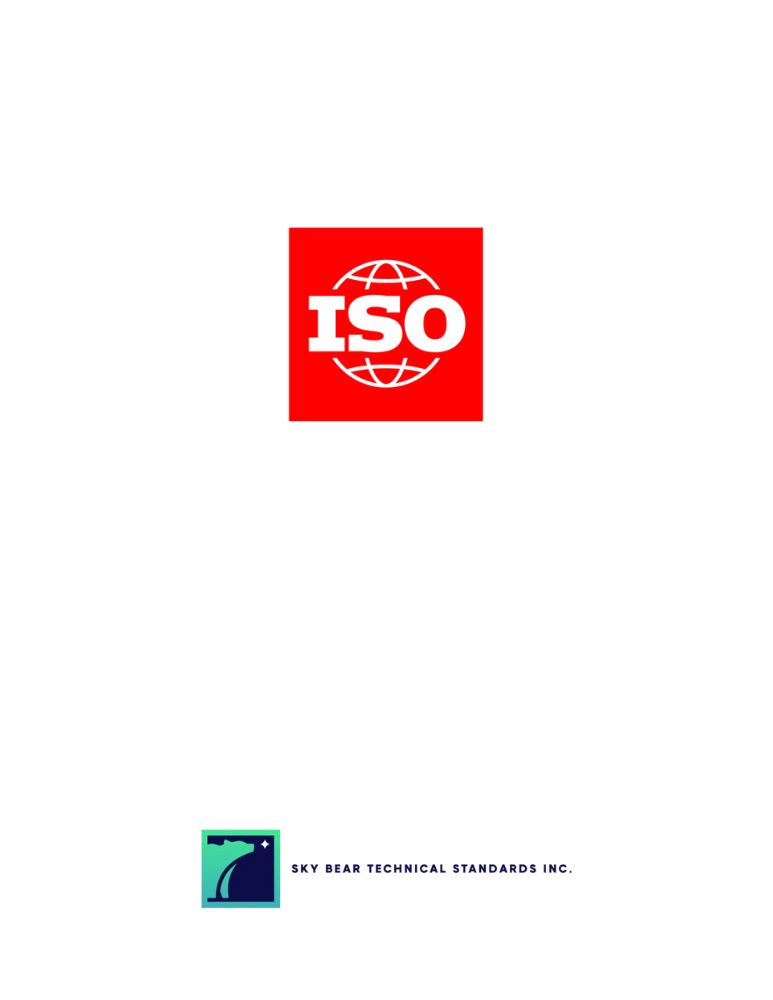Your cart is currently empty!

ISO 20816:2018
ISO 20816:2018 Mechanical vibration – Measurement and evaluation of machine vibration – Part 8: Reciprocating compressor systems
CDN $273.00
Description
This document establishes procedures and guidelines for the measurement and classification of mechanical vibration of reciprocating compressor systems. The vibration values are defined primarily to classify the vibration of the compressor system and to avoid fatigue problems with parts in the reciprocating compressor system, i.e. foundation, compressor, dampers, piping and auxiliary equipment mounted on the compressor system. Shaft vibration is not considered.
This document applies to reciprocating compressors mounted on rigid foundations with typical rotational speed ratings in the range 120 r/min up to and including 1 800 r/min. The general evaluation criteria which are presented relate to operational measurements. The criteria are also used to ensure that machine vibration does not adversely affect the equipment directly mounted on the machine, e.g. pulsation dampers and the pipe system.
NOTE The general guidelines presented in this document can also be applied to reciprocating compressors outside the specified speed range but different evaluation criteria might be appropriate in this case.
The machinery driving the reciprocating compressor, however, is evaluated in accordance with the appropriate part of ISO 10816, ISO 20816 or other relevant standards and classification for the intended duty. Drivers are not included in this document.
It is recognized that the evaluation criteria might only have limited application when considering the effects of internal machine components, e.g. problems associated with valves, pistons and piston rings might be unlikely to be detected in the measurements. Identification of such problems can require investigative diagnostic techniques which are outside the scope of this document.
Examples of reciprocating compressor systems covered by this document are
– horizontal, vertical, V-, W- and L-type compressor systems,
– constant and variable speed compressors,
– compressors driven by electric motors, gas and diesel engines, steam turbines, with or without a gearbox, flexible or rigid coupling, and
– dry running and lubricated reciprocating compressors.
This document does not apply to hyper compressors.
The guidelines are not intended for condition monitoring purposes. Noise is also outside the scope of this document.
Edition
1
Published Date
2018-08-10
Status
PUBLISHED
Pages
34
Format 
Secure PDF
Secure – PDF details
- Save your file locally or view it via a web viewer
- Viewing permissions are restricted exclusively to the purchaser
- Device limits - 3
- Printing – Enabled only to print (1) copy
See more about our Environmental Commitment
Abstract
This document establishes procedures and guidelines for the measurement and classification of mechanical vibration of reciprocating compressor systems. The vibration values are defined primarily to classify the vibration of the compressor system and to avoid fatigue problems with parts in the reciprocating compressor system, i.e. foundation, compressor, dampers, piping and auxiliary equipment mounted on the compressor system. Shaft vibration is not considered.
This document applies to reciprocating compressors mounted on rigid foundations with typical rotational speed ratings in the range 120 r/min up to and including 1 800 r/min. The general evaluation criteria which are presented relate to operational measurements. The criteria are also used to ensure that machine vibration does not adversely affect the equipment directly mounted on the machine, e.g. pulsation dampers and the pipe system.
NOTE The general guidelines presented in this document can also be applied to reciprocating compressors outside the specified speed range but different evaluation criteria might be appropriate in this case.
The machinery driving the reciprocating compressor, however, is evaluated in accordance with the appropriate part of ISO 10816, ISO 20816 or other relevant standards and classification for the intended duty. Drivers are not included in this document.
It is recognized that the evaluation criteria might only have limited application when considering the effects of internal machine components, e.g. problems associated with valves, pistons and piston rings might be unlikely to be detected in the measurements. Identification of such problems can require investigative diagnostic techniques which are outside the scope of this document.
Examples of reciprocating compressor systems covered by this document are
- horizontal, vertical, V-, W- and L-type compressor systems,
- constant and variable speed compressors,
- compressors driven by electric motors, gas and diesel engines, steam turbines, with or without a gearbox, flexible or rigid coupling, and
- dry running and lubricated reciprocating compressors.
This document does not apply to hyper compressors.
The guidelines are not intended for condition monitoring purposes. Noise is also outside the scope of this document.
Previous Editions
Can’t find what you are looking for?
Please contact us at:
Related Documents
-

ISO 80000:2025 Quantities and units – Part 13: Information science and technology
CDN $203.00 Add to cart -

ISO 80000:2019 Quantities and units – Part 11: Characteristic numbers
CDN $312.00 Add to cart -

ISO 80004:2020 Nanotechnologies – Vocabulary – Part 3: Carbon nano-objects
CDN $76.00 Add to cart -

ISO 5078:2025 Management of terminology resources – Terminology extraction
CDN $233.00 Add to cart







